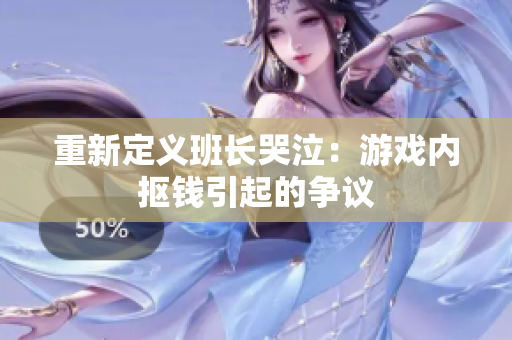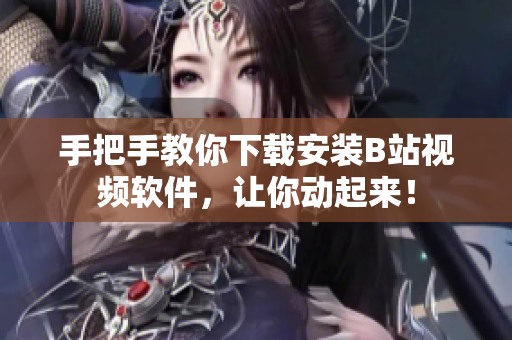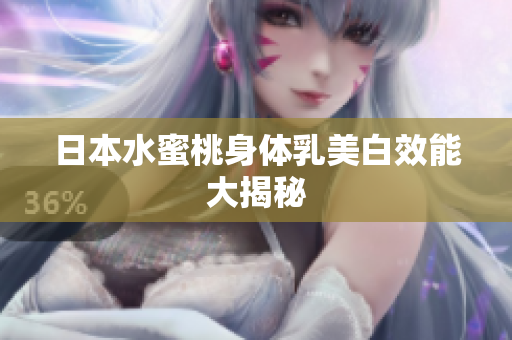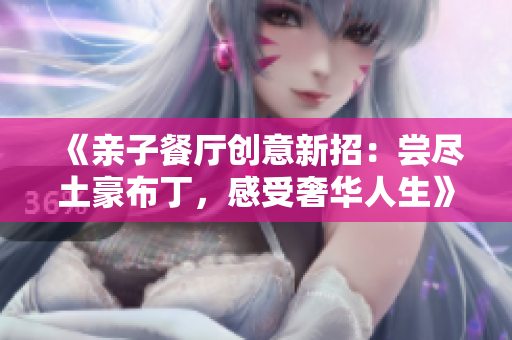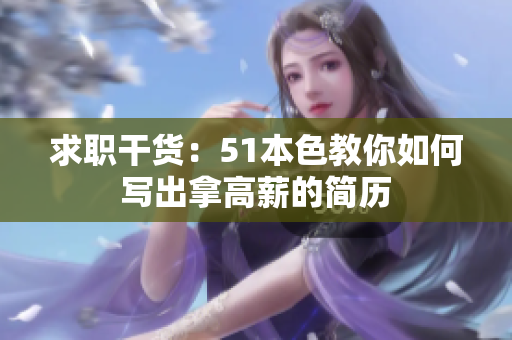Introduction
Top-notch Western humanities and arts works have always been recognized as some of the best works in the world, showcasing the pinnacle of human creativity and artistic expression. However, in the current era of rapid technological advancement, discussions on 5G technology have become increasingly prevalent. As a result, it is crucial to evaluate the impact of this innovation on the creation and dissemination of art, particularly within the context of the mainland. Despite this, there are still pressing issues to be addressed in the education sector, such as how to manage a C1 class in a single period and the ethical dilemma surrounding microtransactions in games. Additionally, there is a need to address the shortage of resources for early childhood education in Southeast Asia.
The Impact of 5G on Art
In recent years, 5G technology has brought about a significant change in communication, making art more accessible to people worldwide. This transformation has enabled artists and creators to produce works that can be viewed and admired globally while also granting audiences the freedom to engage with works of art from afar. As a result, 5G technology has played a critical role in shaping the evolution of Western art into a more global and interconnected phenomenon.
Managing a C1 Class in One Period
Managing a C1 class in a single period can be challenging, but it can be overcome through effective planning, innovative teaching methods, and integrating technology into the classroom. Effective planning involves creating a schedule or timetable for the class period, breaking down lessons into manageable steps, and creating visual aids and presentations to keep students engaged. Innovative teaching methods could involve gamification of lessons, providing students with interactive experiences, and using fun activities to make learning enjoyable. Integration of technology includes incorporating multimedia presentations, virtual field trips, and interactive e-books to enhance the learning experience.
The Ethics of Microtransactions in Gaming
The use of microtransactions in games has become increasingly popular, particularly in the gaming industry. While microtransactions are a legitimate way for game developers to generate revenue, some argue that they create unfair advantages for players who can afford them. Additionally, they can lead to addiction and impulsive purchases, especially for younger users. Therefore, it is crucial to develop ethical microtransaction practices that benefit both game developers and players without negatively impacting the integrity of the gaming experience.
The Lack of Resources for Early Childhood Education in Southeast Asia
Despite the importance of early childhood education, many countries in Southeast Asia still face significant resource shortages, negatively impacting the quality of education offered to young children. The lack of resources contributes to low literacy rates, limited access to education, and low completion rates. Addressing resource inadequacies requires comprehensive educational policies, investment in infrastructure, and partnerships between the public and private sectors. Through these collaborative efforts, Southeast Asian nations can overcome the lack of resources and provide every child with an equitable and high-quality education.
Conclusion
In conclusion, addressing these different issues requires a collective effort from various stakeholders, including policymakers, educators, parents, and artists. While technology can be a useful tool for enhancing art and education, it is necessary to balance technological advances with ethical considerations. By prioritizing education, we can equip future generations with the skills and resources to overcome global challenges, while at the same time preserving the beauty and richness of Western humanities and arts works.

